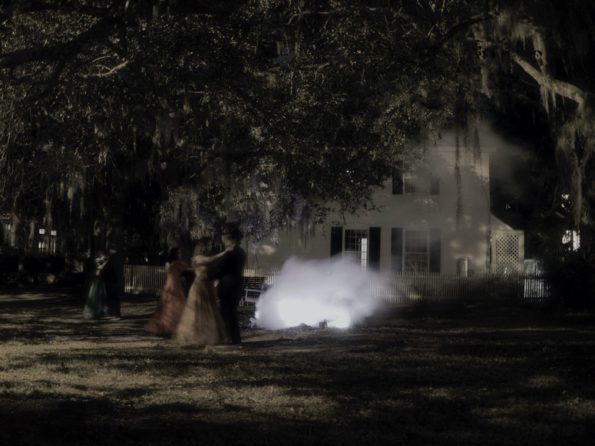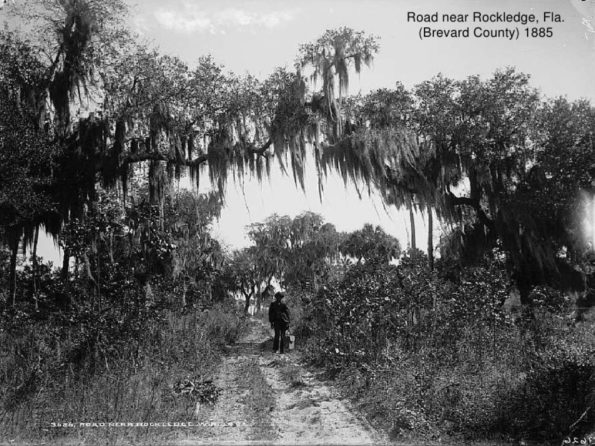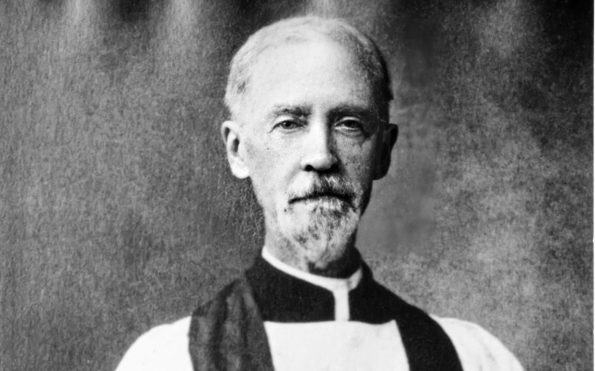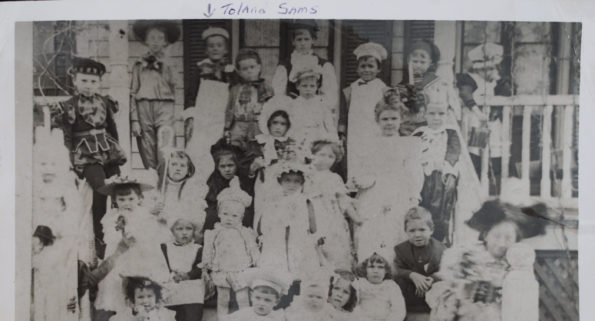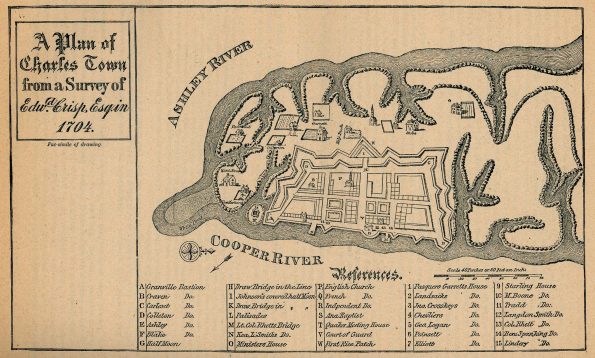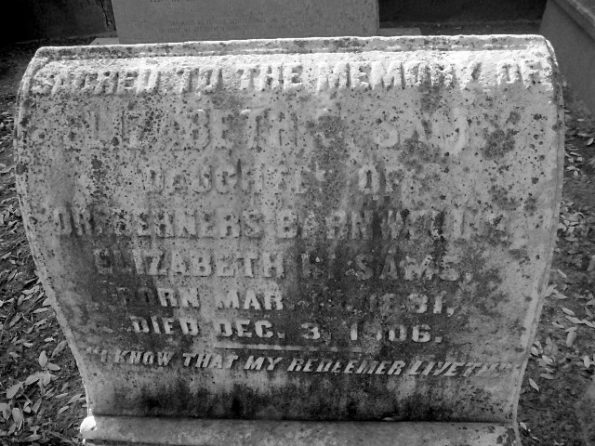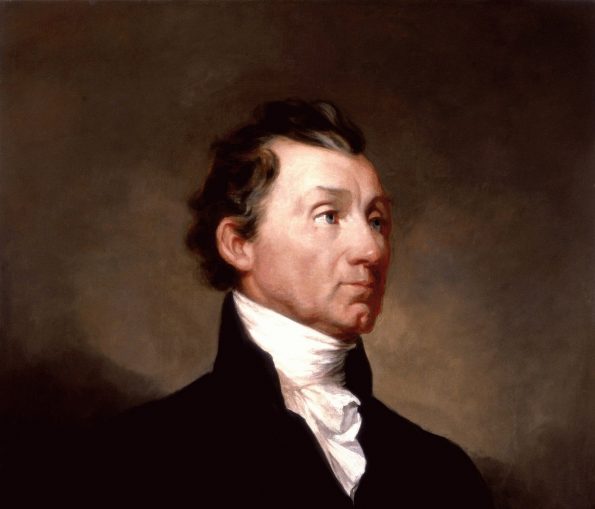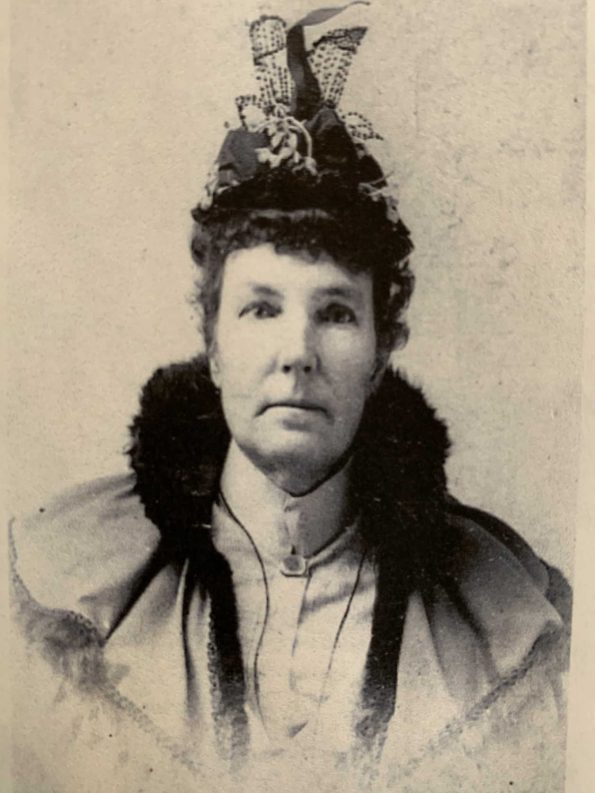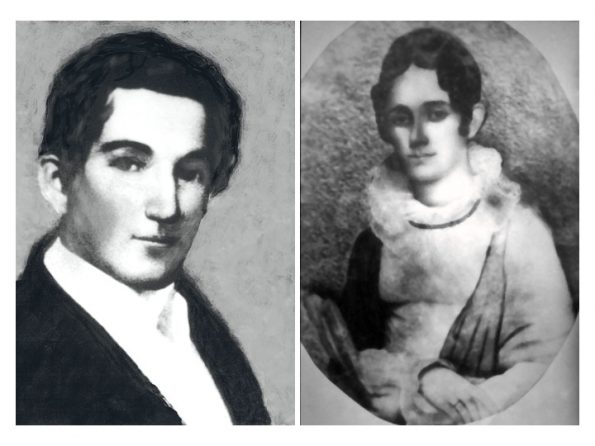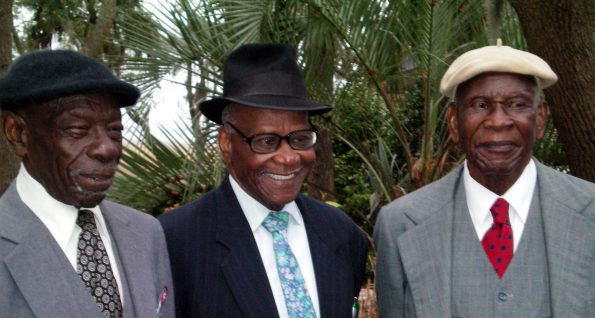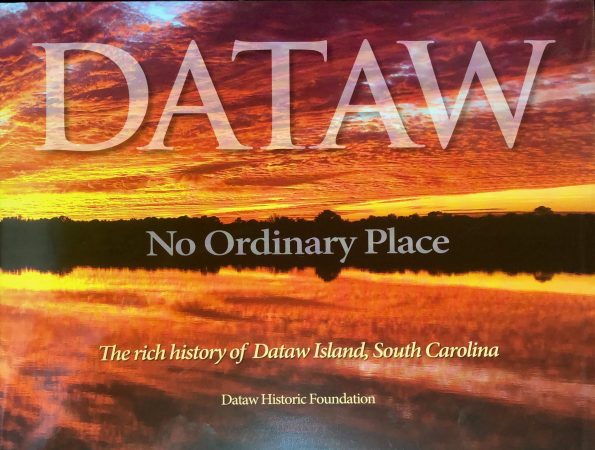William Sams, grandson of Colonel John “Tuscarora Jack” Barnwell, was born in South Carolina on April 18, 1741. With the fall of Charleston and Beaufort during the American Revolution, William was forced to leave his home on Wadmalaw Island and purchased Dataw Island in 1783. At Dataw, he began to grow Sea Island cotton. It was cotton that made the Sams family wealthy and the Beaufort region “the exclusive home of the most exclusive few of that most exclusive aristocracy.”
Articles from this era address the period 1783 to 1865.
The theme this week is SPOOKY. Since Halloween is this week, I thought it would be fun to dig up (ugh!) a few of the scary stories Reverend James Julius Sams included in his memoir about being a kid on Datha Island. So today, I’ll tell you a few spooky stories from the early 1800s. One happened in the Big Woods on Datha Island, one on St. Helena Island, another on Oak Island, and the last in the BB Sams plantation house.
The theme this week is “Products of Dataw Island.” Some time back, the Dataw Historic Foundation published a series of short articles about our history. I’ve republished two of these below that address what was grown on Dataw, as early as the mid 1700’s
My theme this week is “oldest”; the Sams direct descendant that lived the longest. Martha “Mattie” Sophia Hallonquist LaRoche lived to celebrate her 101st birthday. There are several distinctive aspects of Mattie’s life. She was born near Charleston, S.C on Wadmalaw Island, was married at age 16, to a man 23 years her senior, and raised a family in Merritt Island, Florida area – long before air-conditioning. You can get a sense of their new “neighborhood” in the photo above.
Dataw Historic Foundation members and visitors to our History and Learning Center know of the Reverend James Julius Sams. His memoir, written I believe at the request of nephew Conway W. Sams in about 1905, is unique. No one else has written such an intimate first-person account of growing up on Dataw Island, SC. And his recollection of details about the family and his father’s (Berners Barnwell Sams) house on Dataw has been quoted by acknowledged experts in their fields such as Lawrence Rowland and Colin Brooker. This week I have included J. Julius Sams’ memoir in its entirety in the Sources section below. Enjoy reading about Dataw & Oak Islands circa 1840 thru the adventures of two boys, Julius and Horace Sams. In the meantime, let me tell you a bit more about Reverend J. Julius Sams, the man.
This week is about what NAMES can reveal. As an amateur genealogist, I know that names can provide clues to a person’s past but can also present a brick wall. Discovering the ancestors of William Artman Riski is much easier than John Smith. Sometimes a naming pattern can provide us leads that we might otherwise overlook. This week I investigated the names of the seven sons born to William and Elizabeth Sams and found several surprises, including a British tradition.
The theme this week is LONG LINE. Many of the ‘Datha Sams’ followed a journey over the generations away from Beaufort. Some left to pursue their dreams elsewhere (e.g., Edward Sams to GA and FL), others were pushed out by the Civil War and chose not to return. A few returned after the war and stayed, creating a long line of living in Beaufort. The long line in South Carolina began before William and Elizabeth’s purchase of Datha Island in 1783. It extends back to ancestors born in the U.S. in the 17th Century.
The theme this week is MY FATHER’S LIFE. Elizabeth Exima Sams (1831 – 1906) was born March 16th, 1831, to Elizabeth Fripp and Dr. Berners Barnwell Sams. Her mother was 17 when she married Dr. Sams and bore him eleven children before she died in childbirth with daughter Elizabeth. Fortunately, Elizabeth E. Sams lives a long life in South Carolina. A year before her death, she travels from Beaufort, South Carolina to Norfolk, Virginia, to visit her nephew, Conway Whittle Sams (1864 – 1935). While there, Elizabeth tells her nephew all about his grandfather, her father, Dr. BB Sams. We have no similar first-person accounts of any of the other six brothers (i.e., William and Elizabeth Sams sons).
The theme this week is MIDDLE. We are at week 26 and half-way through 2020. This gave me an idea for a new historical perspective on the Sams. Just imagine, when Dr. Lewis Reeve Sams, Jr. and his brother Miles Brewton Sams were in their teens – so were Abraham Lincoln, Ralph Waldo Emerson, and Harriet Beecher Stowe. What these have in common is 1822. The Sams era on Datha Island started in 1783 and ended abruptly in 1861. The middle of that period was 1822.
The theme this week is WIDOWS. Since June 23rd is International Widow’s Day, I decided to do some analysis on our Sams genealogy database and see what it reveals about widows in the Sams families of the 19th century. Our genealogy database contains over 2500 people. That’s way too many people to sift through and find the widows. The area I’ll be focusing on is a family tree with William & Elizabeth Sams at the top. The second and third generations below them are mostly complete. Still, for about one-third of the women, we have insufficient information to determine if they lived to adulthood and married. I’m going to identify the WIDOWS who are direct descendants in these first three generations of SAMS, counting William & Elizabeth as the first generation.
The theme this week is UNEXPECTED. For a long time now, we’ve had beautiful copies of portraits of Dr. Berners Barnwell Sams and his first wife, Elizabeth Fripp. Yet, as you can see in this article, the same is not true for his older brother Lewis Reeve Sams or his first wife Sarah Fripp. All we have are poor quality black and white portraits. I’ve always hoped we would someday find better portraits. A few weeks ago, I had a eureka moment.
This week’s theme is UNCERTAINTY. Take, for example, who is buried in the Cotton Dike Cemetery? This story begins in 2004 with an interview with two brothers, then wanders through monuments, ground-penetrating radar, a rededication ceremony, and the British territory of Saint Helena Island. It ends with the recent graveside service of Andrew Robinson. We are grateful to Andrew, his brothers, and his nephew for bringing a measure of certainty to our Cotton Dike cemetery.
From prehistoric times to present day, an island rich in history, mystery, and stunning natural beauty. Experience the beauty and history of Dataw Island, South Carolina in this exquisite, limited edition, historical, coffee table book. With over 200 images – from archaeological findings to Dataw’s ruins and its breathtaking natural vistas, you will enjoy and learn the depth of history that makes Dataw the special place that it is today.


